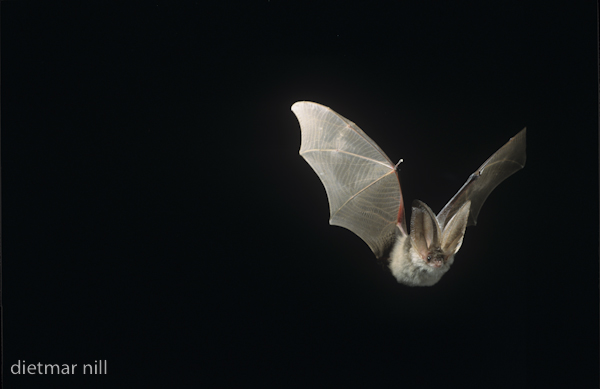The grey long-eared bat, one of the UK's rarest mammals, is in danger of disappearing if it's not given extra protection.
.jpg)
A study by scientists at the University of Bristol found there were only about 1,000 of the bats left in the UK.
They are mainly found along the south coast of England and on the Isle of Wight, with a few on the Channel Islands and just one spotted in Wales.
The researchers say the bats' habitat should be protected.
The Bat Conservation Trust said the grey long-eared bat should be given "UK Priority Species status" to make sure that money is spent protecting where the bats live.
From CBBC Animals
The grey long-eared bat (Plecotus austriacus) is a fairly large European bat. It has distinctive ears, long and with a distinctive fold. It hunts above woodland, often by day, and mostly for moths. It is extremely similar to the more common brown long-eared bat, and was only distinguished in the 1960s, but has a paler belly. It is not an endangered species.


Echolocation
The frequencies used by this bat species for echolocation lie between 18-45 kHz, have most energy at 28 kHz and have an average duration of 5.8 ms.
In wikipedia
Hello there, You've done an incredible job. I will definitely digg it
ReplyDeleteand personally suggest to my friends. I'm sure they will
be benefited from this site.
My website; free music Downloads (freemusicdownloadsb.com)